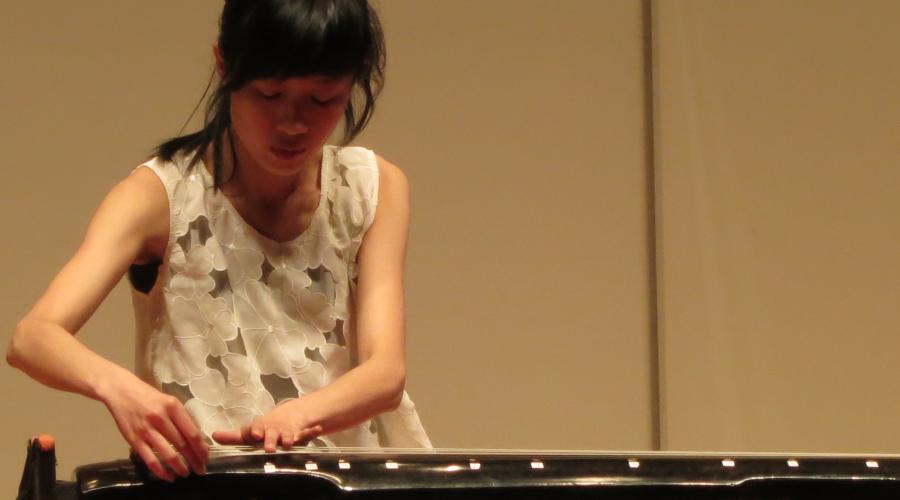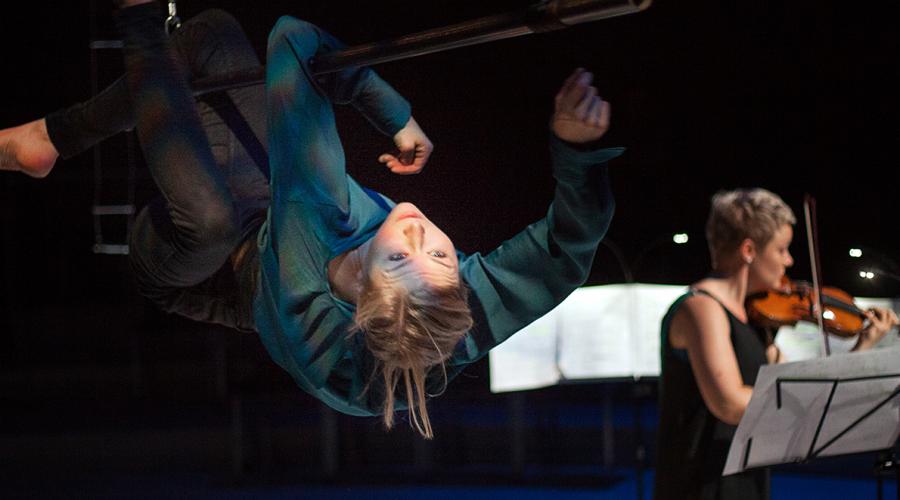Hypochondriasis (2014)
Hypochondriasis is for chin (guqin) and live electronics. Chin is an ancient Chinese 7-string zither normally played by plucking with fingers. This piece is my first work to use electronics. For the first experiment on electronics, I choose the chin as the instrument since it’s one of the instruments I’m familiar with. However, the chin is a very personal instrument due to its soft volume and subtle timbral changes, so amplification becomes an important element and thus creates a new kind of environment, an augmented chin.


